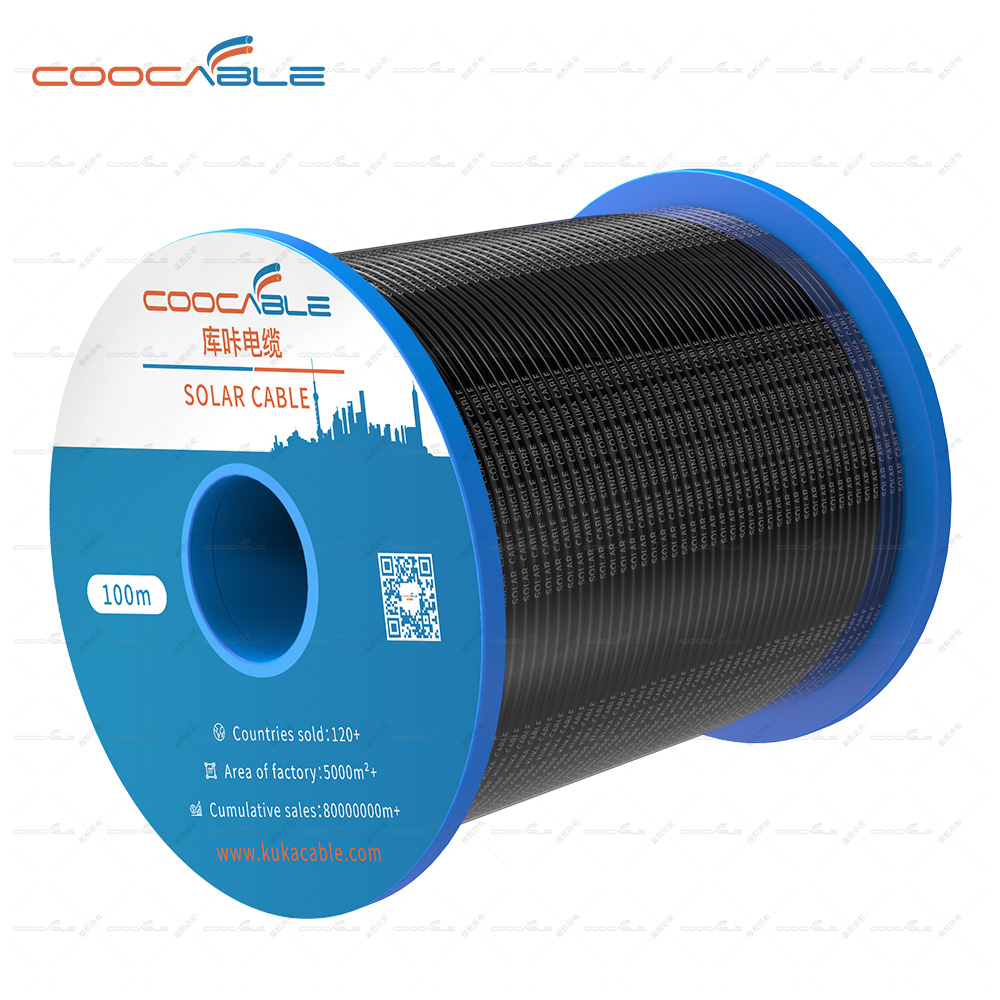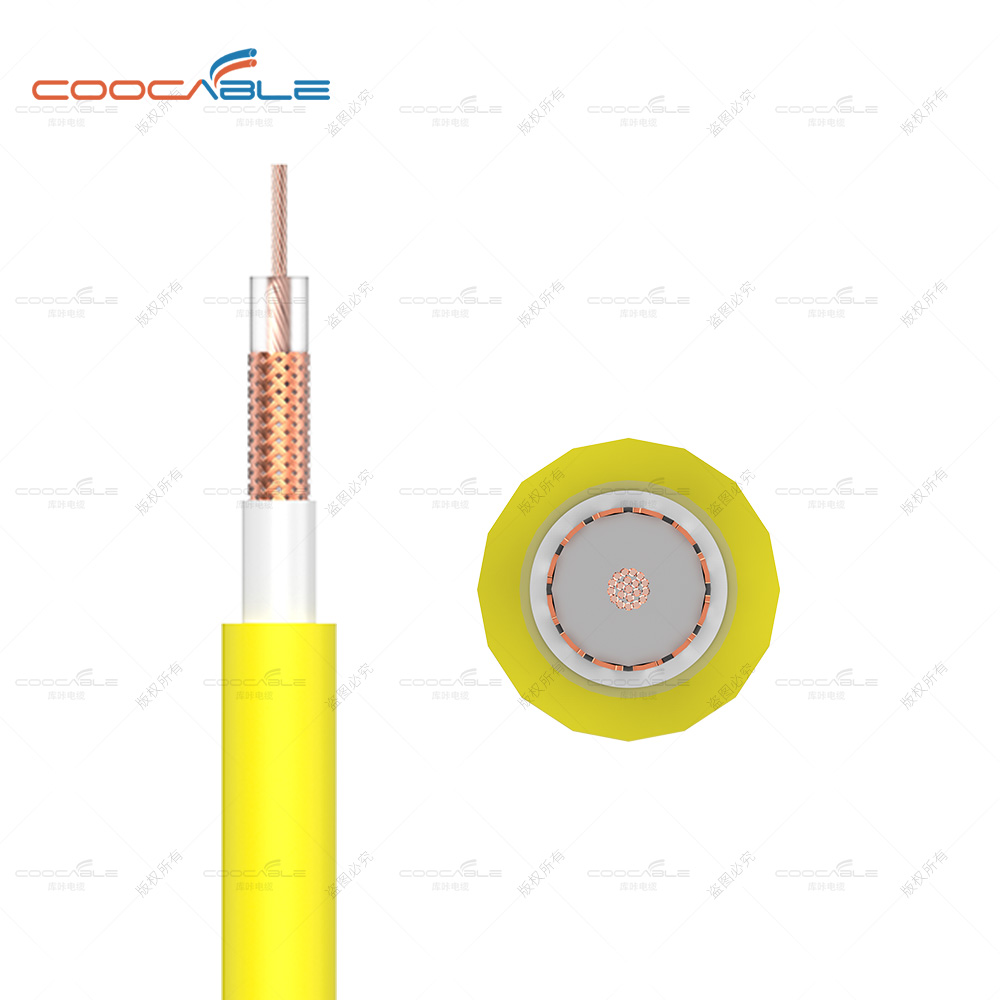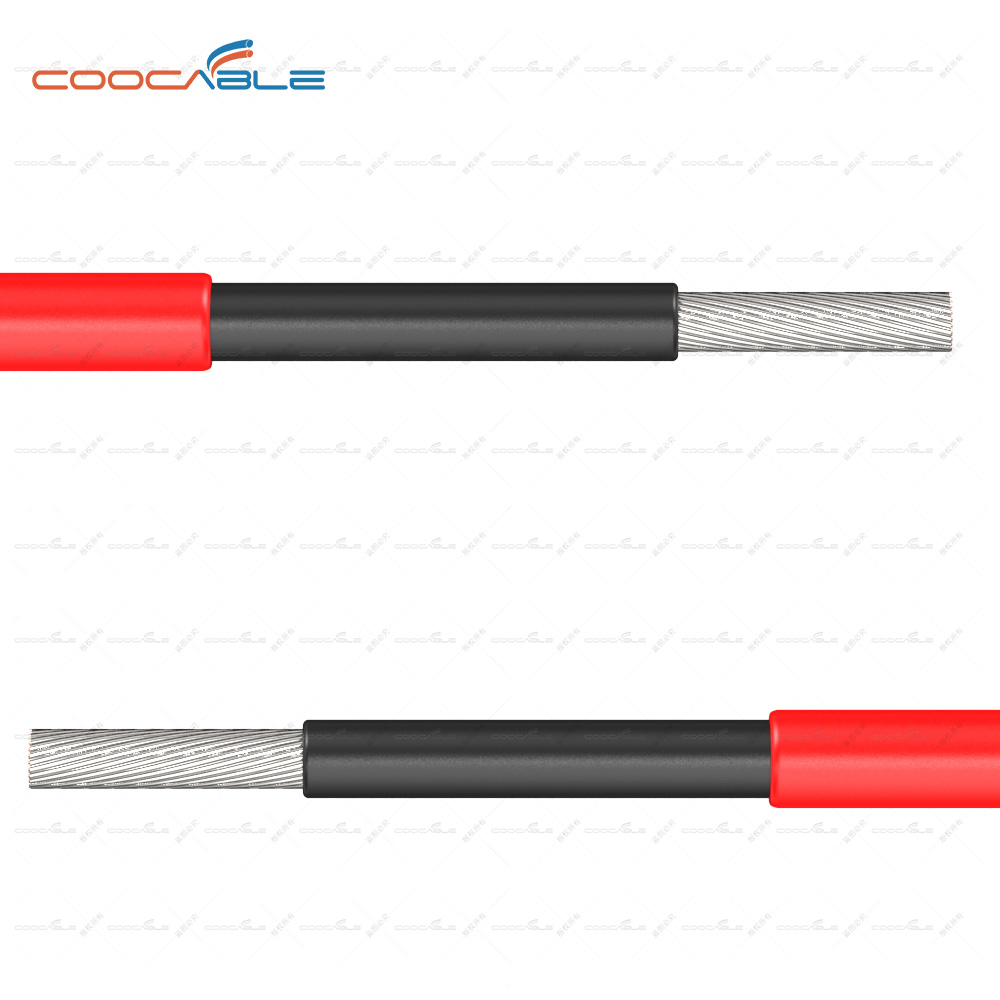Thermal life of 6mm soalr cable dc.
According to EN 60216-1, EN60216-2 Arrhenius curve, temperature index is 120℃. Time 5000 h. Retention rate of breaking elongation of insulation and sheath: ≥50%. Then the bending test was carried out at room temperature. The diameter of the test rod should be 2 times of the outer diameter of the cable. After the test, there should be no visible cracks on the surface of the sheath. Life expectancy: 25 years.
For photovoltaic applications, materials used outdoors should be subject to uv, ozone, drastic temperature changes and chemical erosion. The use of low grade materials under this environmental stress will lead to brittle cable sheath, and even decompose cable insulation layer. All of these situations directly increase the loss of the cable system, as well as the risk of cable short-circuiting and, in the medium to long term, the likelihood of fire or human injury. .
The HUBER SUHNER RADOX® Solar cable is an electron-beam cross-linked cable rated at 120°C and designed to withstand harsh weather conditions and mechanical shocks in the equipment in which it belongs. According to the international standard IEC216, RADOX® solar power cables are designed to last 8 times longer than rubber cables and 32 times longer than PVC cables in outdoor environments. These cables and components are not only weather-resistant, uv and ozone resistant, but also able to withstand a wide range of temperature changes (e.g., from -- 40°C to 125°C). .
To cope with the potential hazards caused by high temperatures, manufacturers tend to use double insulated rubber sheathed cables (e.g. H07 RNF). However, standard versions of these cables are only allowed for maximum operating temperatures of 60°C. In Europe, rooftop temperatures can be measured at 100°C. .
RADOX® solar cable is rated at 120°C (20,000 hours of service). This rating is equivalent to 18 years of service at a continuous temperature of 90°C; When the temperature is below 90°C, the service life is longer. Generally, the service life of solar equipment is required to reach more than 20 to 30 years. .
For all these reasons, it is necessary to use dedicated solar cables and components in solar systems. .
Resistance to mechanical load.
In practice, cables can be routed on sharp edges of the roof structure during installation and maintenance, while the cables are subjected to stress, bending, tension, cross-tensile loads and strong impact. If the cable sheath is not strong enough, the insulation layer of the cable will be seriously damaged, which will affect the service life of the cable, or lead to short circuit, fire and human injury hazard. .
Radiation cross - linked material, with high mechanical strength. The cross-linking process changes the chemical structure of polymers, converts fusible thermoplastic materials into non-fusible elastomer materials, and the cross-linking radiation significantly improves the thermal, mechanical and chemical properties of cable insulation materials. .





